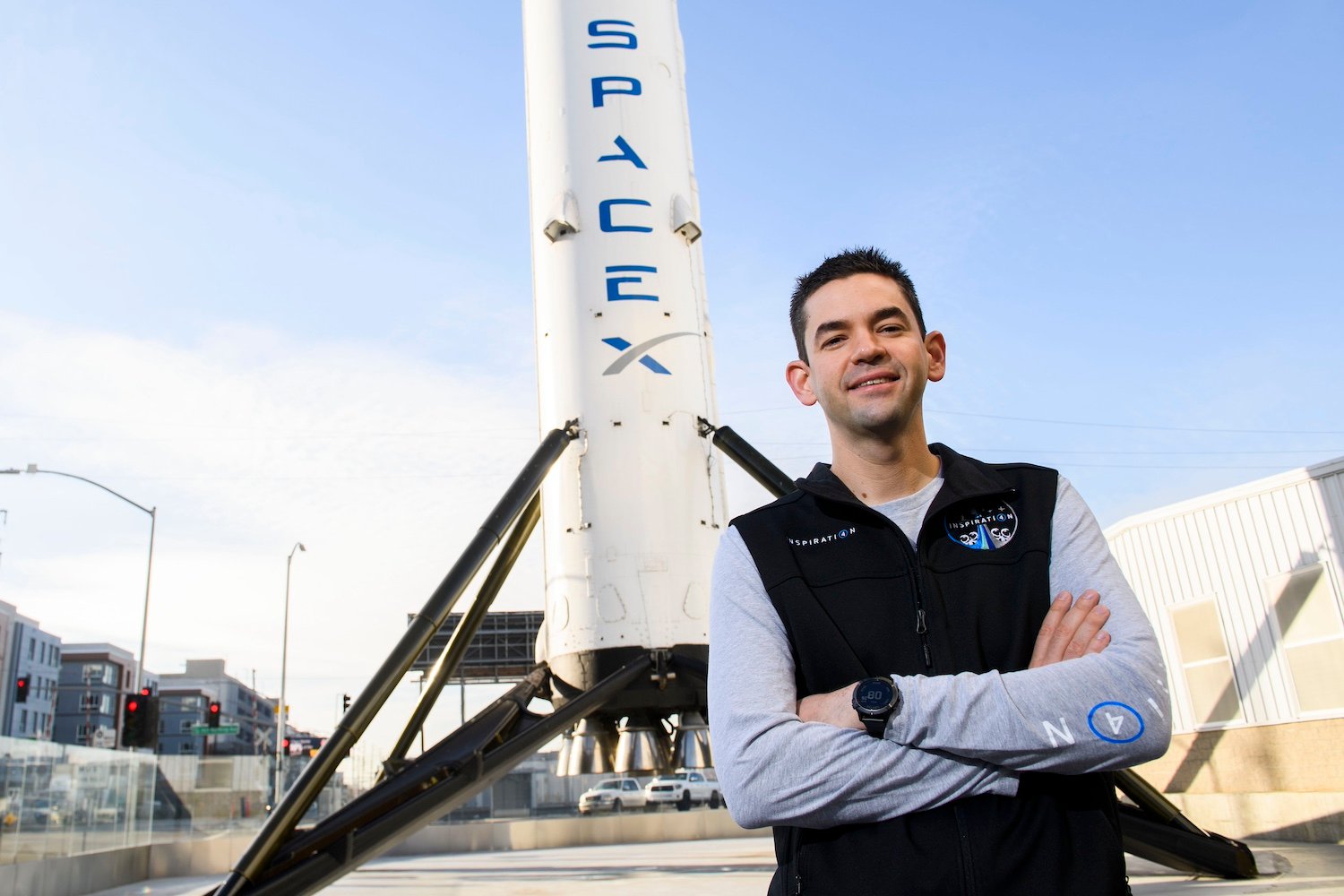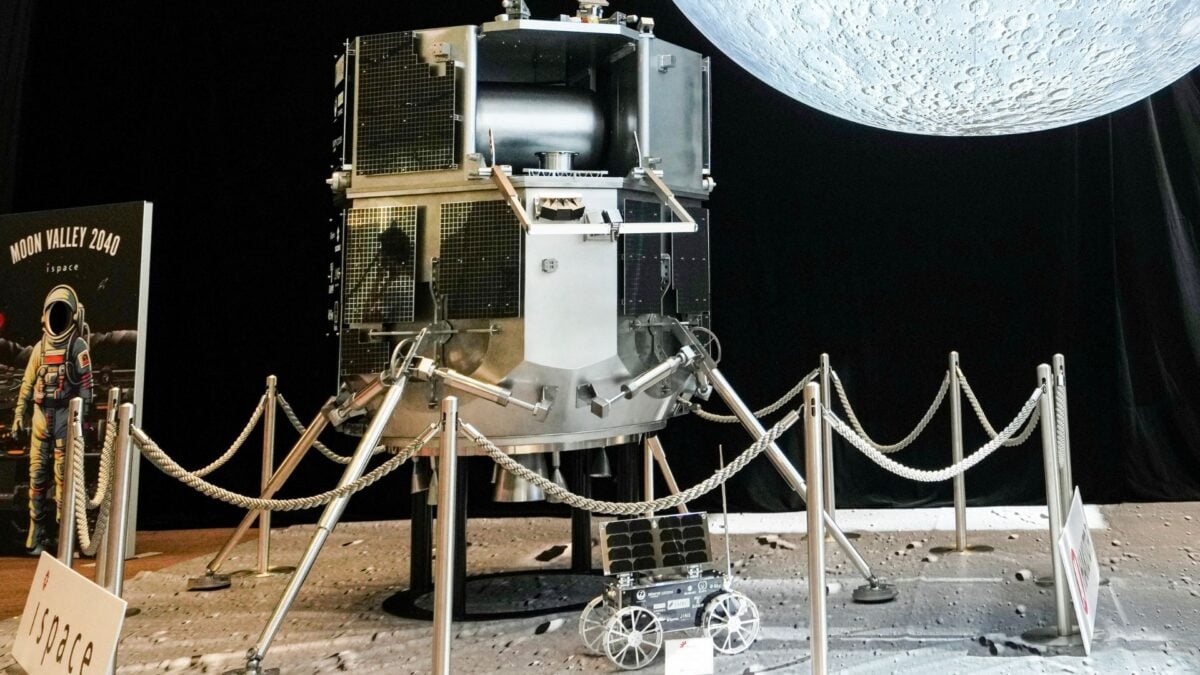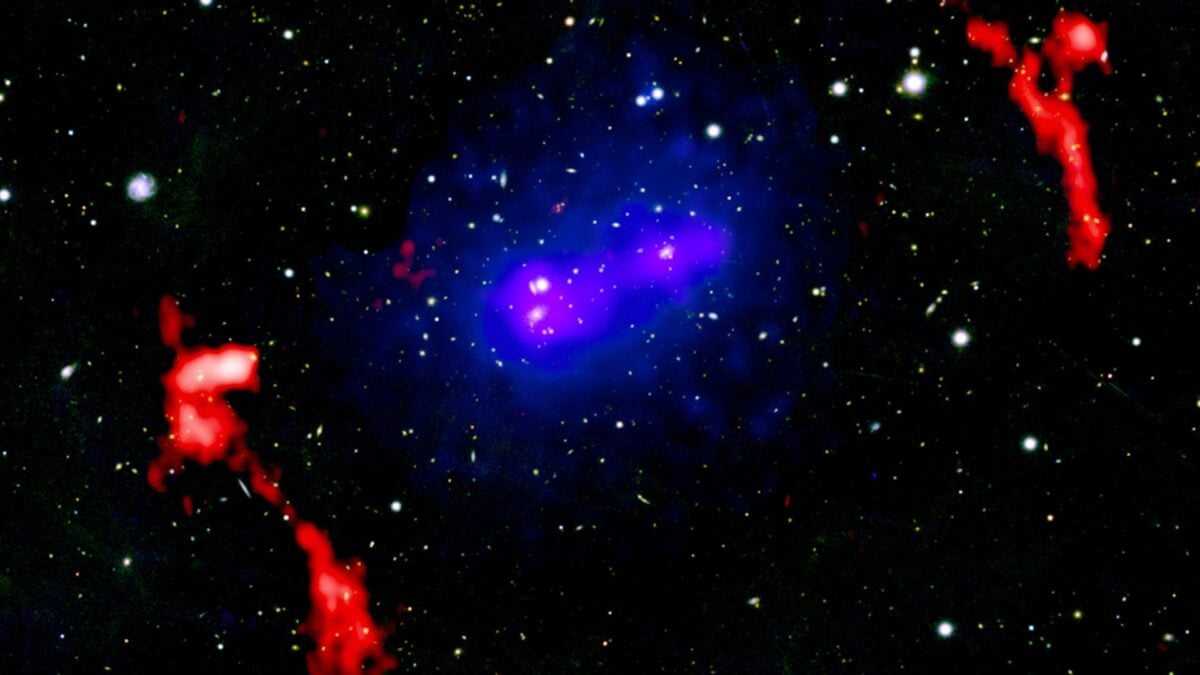The recent launch of Russian satellite Cosmos 2588 has alarmed U.S. Space Command. It positioned itself uncomfortably close to USA 338, a U.S. reconnaissance asset, fueling suspicions it may be an anti-satellite weapon. This maneuver intensifies concerns over Russia’s counter-space capabilities and the potential militarization of orbit.
An Unsettling Proximity: Cosmos 2588 and USA 338
Cosmos 2588 was launched on May 23 into a near-circular orbit, placing it in disturbingly close vicinity to the U.S. satellite USA 338. This calculated positioning has led to speculation that Russia is deliberately “stalking” the American spacecraft. A U.S. Space Command spokesperson confirmed the situation to Breaking Defense, stating, “Russia continues to research, develop, test, and deploy a suite of counter space systems that threaten the safety and the stability of the domain.” USSPACECOM will continue monitoring for concerning behavior.
Is Cosmos 2588 a Threatening “Inspector” Satellite?
Satellite tracking company Slingshot Aerospace identifies Cosmos 2588 as a NIVELIR military inspection satellite, potentially armed with a kinetic weapon. The company noted its alignment with USA 338 “strongly suggests COSMOS 2588 may be actively monitoring or ‘chasing’ it.” Slingshot Aerospace’s tracking reveals Cosmos 2588 orbits at a slightly higher altitude, with the two objects making a close flyby—as near as 62 miles (100 kilometers)—approximately every four days. Marco Langbroek, a space situational awareness expert at Delft University of Technology, corroborated these close approaches.
The Target Under Scrutiny: USA 338
Details about USA 338 are sparse as its orbital data is not publicly available. However, it is widely believed to be part of the National Reconnaissance Office’s (NRO) KH-series electro-optical surveillance network. This network, also known as the Crystal constellation, consists of advanced spy satellites, according to Interesting Engineering.
A Recurring Pattern of Russian Satellite Maneuvers
This incident is not isolated. Russia has a history of deploying satellites in manners perceived as threatening. In April 2023, a Russian satellite reportedly trailed a classified U.S. military satellite. Similarly, Kosmos 2558, launched in August 2022, entered the same orbital plane as U.S. military satellite USA 326. Back in 2020, another Russian satellite, Kosmos 2542, was observed stalking USA 245, an American electro-optical spy satellite in low Earth orbit.
Context of Space Weaponization and ASAT Development
These maneuvers are viewed within the broader context of Russia’s anti-satellite (ASAT) weapons program. In November 2021, Russia conducted an ASAT test, destroying a defunct Soviet-era satellite and creating thousands of pieces of dangerous orbital debris. This event spurred a UN resolution against such tests, championed by the U.S. following its self-imposed ban. While 155 nations supported the resolution, Russia, China, and seven others voted against it. For context, the U.S. has also engaged in close approaches, such as USA 276 near the ISS in 2017, and historical discoveries of its own space surveillance assets.
Marco Langbroek emphasized the deliberate nature of these actions, stating this is the “fourth time in five years that they launch a satellite into a coplanar orbit with a US optical reconnaissance satellite…So no, not mere coincidence but deliberate.” This latest incident involving Cosmos 2588 underscores escalating tensions and the growing threat of space weaponization, demanding continued vigilance. MaagX will continue to track developments in space security.











